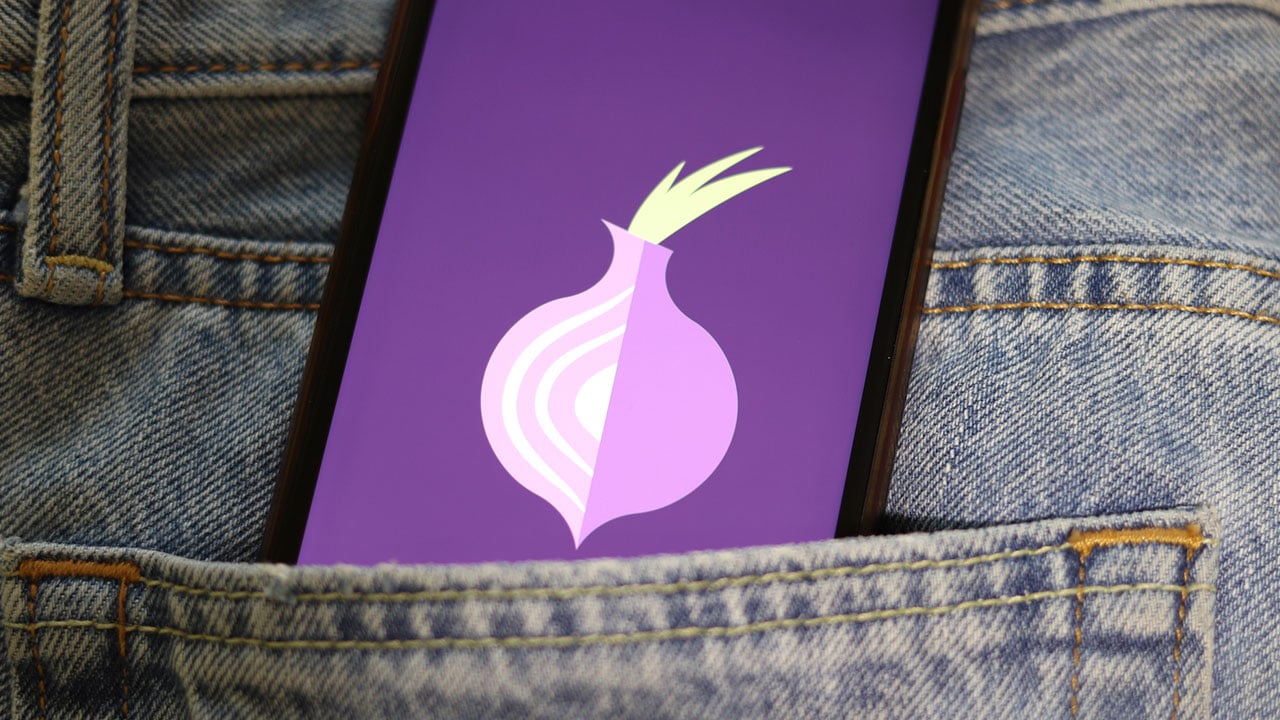
Twitter and Tor together to overcome censorship.
This is not exactly how the social platform presented its latest novelty but, in essence, this is what it is for. The social network has launched its own .onion version, that is, designed to take advantage of the Tor protocol and thus guarantee security and anonymity.
Twitter and Tor together: what does it mean?
Let’s take a step back.
What is Tor?
He is the acronomic of The Onion Router ed is free software that allows anonymous access to the network thanks to the use of a specific protocol. Its purpose is to make it much more difficult to track the activity of a user on the network, so as to safeguard both the privacy and the freedom of the individual.
Over time, Tor has also become a tool for accessing the dark web – vastly expanding the concept of “personal freedom” – and a tool with which to circumvent censorship.
This latter aspect is what undoubtedly caught the attention of Twitter, which decided to ask for help from Alec Muffett, cybersecurity specialist and Tor expert.
Together with him, the platform gave birth to a version of your site that ends in .onion, therefore meant to be used with the Tor browser.
Of course, if desired, a user could use that same browser and go to Twitter.com but the .onion version guarantees an additional level of protection: “The location of the Onion services and the IP address are hidden, making it more difficult for users to be censored or identified – explains Tor – All traffic between a Tor user and an onion service uses end-to-end encryption, so you don’t need to connect using HTTPS services. “
Twitter, on the other hand, has not released any statement about it but the correction with what is happening in Russia seems evident, with the service that immediately after the outbreak of the war saw Putin’s government restricting access to its platform.
The social media had declared that it was working on a possible solution to guarantee access to everyone and this could be the answer.
We’re aware that Twitter is being restricted for some people in Russia and are working to keep our service safe and accessible.
— Twitter Support (@TwitterSupport) February 26, 2022














Leave a Reply
View Comments